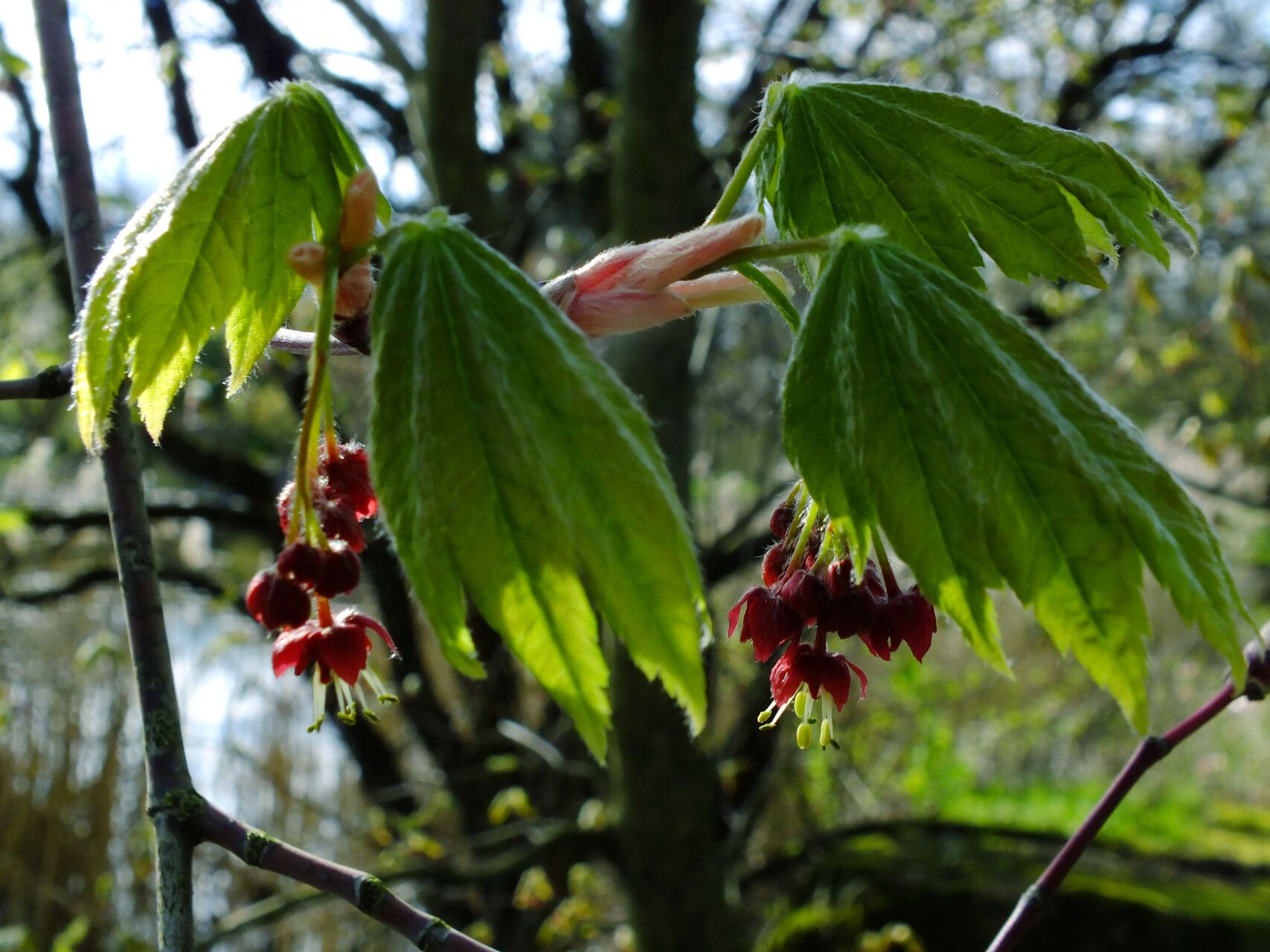Propagating Acer circinatum: The Challenges and Rewards of Growing Vine Maple
Acer circinatum, commonly known as Vine Maple, is a captivating shrub or small tree native to western North America. Its distinctive, deeply lobed, seven to nine-lobed leaves, vibrant fall color ranging from yellow to fiery orange and red, and graceful, often scrambling growth habit make it a popular choice among gardeners. Its tolerance for shade and adaptability to various soil types further enhance its horticultural appeal. However, propagating Vine Maple can present unique challenges.
Seed Germination:
Seed germination for Acer circinatum is viable, but it presents significant challenges. Vine Maple seeds require a period of cold stratification to break dormancy. This process mimics the natural winter conditions necessary for germination.
Challenges: The primary challenge is achieving consistent germination rates. Seeds often exhibit uneven germination due to dormancy variations. Furthermore, proper stratification is crucial; insufficient stratification leads to poor or absent germination, while over-stratification can damage the embryo.
Practical Tips: Collect seeds in the autumn after they have matured and turned brown. Clean the seeds and sow them immediately into a moist, well-draining seed-starting mix. Stratify seeds by placing them in a sealed bag with moist vermiculite or peat moss and storing them in a refrigerator at 3-5°C (37-41°F) for 90-120 days. After stratification, sow seeds about 1⁄2 inch deep in well-drained seed trays. Keep the soil consistently moist but not waterlogged, and maintain a temperature of 15-20°C (59-68°F).
Rewards: Successful seed germination offers significant benefits, including high genetic diversity in the resulting seedlings and the potential for large-scale propagation, ideal for conservation efforts or establishing large plantings.
Cuttings:
Propagating Acer circinatum from cuttings is possible, but success rates are moderate to low.
Challenges: Vine Maple cuttings are prone to fungal infections and have a relatively low rooting rate compared to other species. The timing of the cuttings is also critical, necessitating precise knowledge of the plant’s growth cycle.
Practical Tips: Semi-hardwood cuttings taken in late summer or early autumn have the best chance of success. Use a rooting hormone, and keep cuttings in a humid environment with bottom heat. A mist propagation system can significantly improve rooting rates. Maintaining good hygiene to prevent fungal diseases is essential.
Rewards: As with seed propagation, utilizing cuttings for propagation means retaining genetic traits from the parent plant offering faster results than from seeds.
Division:
Division is a relatively successful method for propagating Vine Maple, primarily for smaller, established plants.
Challenges: Larger plants are more challenging to divide successfully, as separating the root system can damage the plant, reducing the chances of survival.
Practical Tips: Divide plants in early spring or late autumn when the plant is dormant. Ensure each division includes healthy roots and sufficient top growth. Plant the divisions in well-drained soil and water regularly until established.
Rewards: Division is a straightforward method, offering a relatively high success rate for smaller plants. It facilitates the quick propagation of desirable cultivars with retained genetics.
Tissue Culture:
Tissue culture is a viable method for large-scale propagation of Acer circinatum, though it requires specialized equipment and expertise.
Challenges: Establishment of sterile cultures and the development of efficient protocols for shoot multiplication and rooting can be complex, requiring specialized knowledge and laboratory facilities.
Practical Tips: Finding a reputable tissue culture laboratory familiar with Acer propagation is crucial. This method is not suitable for home propagation.
Rewards: This advanced method yields large numbers of genetically identical plants quickly. It is mainly used for commercial production or conservation purposes.
Conclusion:
Propagating Acer circinatum presents various challenges across all methods, demanding patience, attention to detail, and sometimes specialized equipment or expertise. Seed germination requires meticulous stratification, cuttings demand careful handling and hygiene, divisions necessitate careful root separation, and tissue culture relies on professional facilities. Despite these hurdles, the rewards are substantial, ranging from the genetic diversity of seed-grown plants to the rapid multiplication of desirable cultivars through tissue culture. Successfully cultivating this beautiful plant from propagation, overcoming these obstacles, yields a unique sense of accomplishment. The beauty of the resulting Vine Maples, cascading with their vibrant foliage, stands as a testament to the gardener’s perseverance and expertise, making the effort exceptionally worthwhile for those willing to dedicate the time and resources required.

